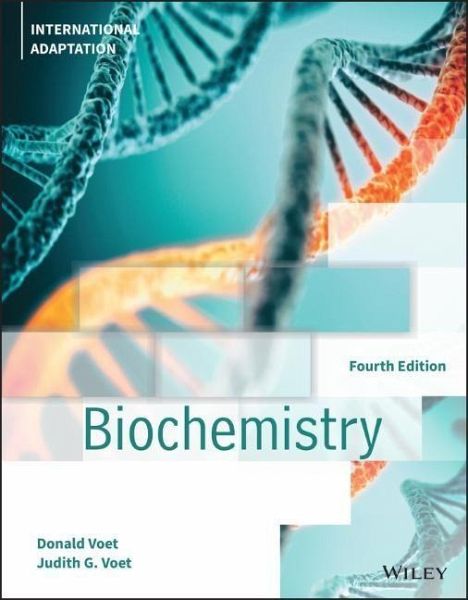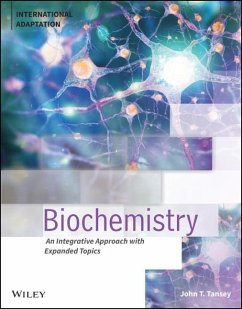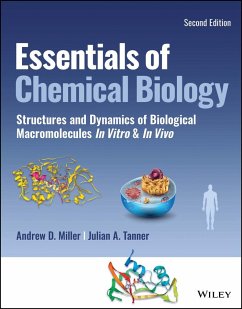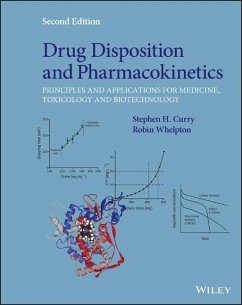
Biochemistry, International Adaptation
Versandkostenfrei!
Versandfertig in 2-4 Wochen
83,99 €
inkl. MwSt.

PAYBACK Punkte
42 °P sammeln!
The "Gold Standard" in Biochemistry text books. Biochemistry 4e, is a modern classic that has been thoroughly revised. Don and Judy Voet explain biochemical concepts while offering a unified presentation of life and its variation through evolution. It incorporates both classical and current research to illustrate the historical source of much of our biochemical knowledge.












